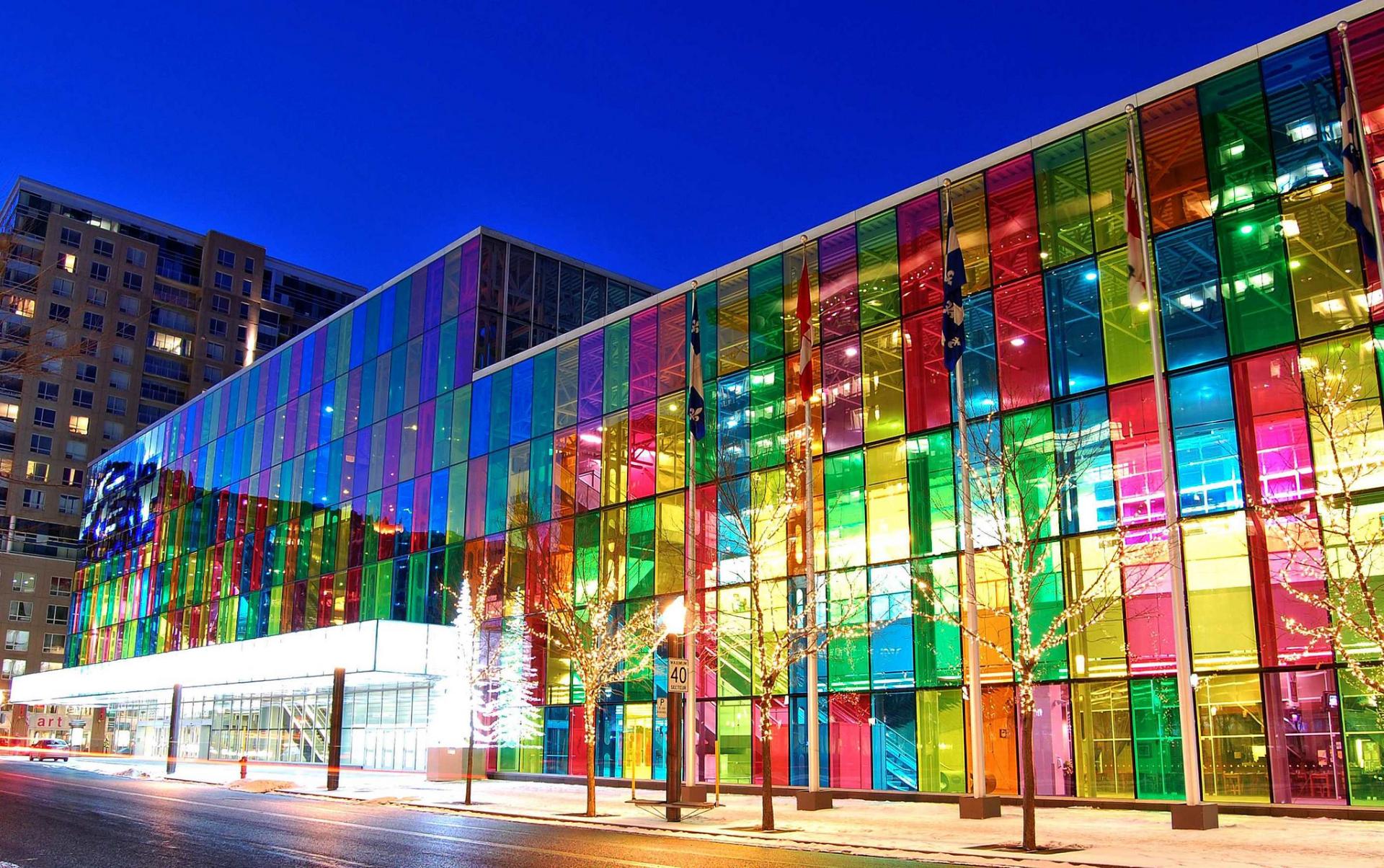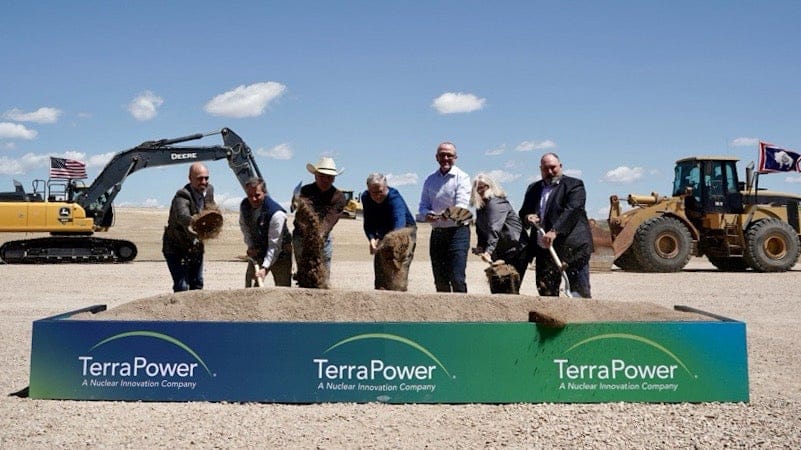
🥑 Food waste can be turned into electricity-producing windows
Inedible food can be used as a raw material for a substance that converts UV radiation into electricity.
Share this story!
Windows that use UV radiation from the sun to produce electricity can now be produced in a very environmentally friendly way. This is the idea behind an invention that won the Sustainability Award of the James Dyson Award this year.
Behind the invention is the Filipino engineer Carvey Ehren Maigue who created the material he calls Aureus. What makes the material so environmentally friendly is that it uses inedible food products as raw materials. These may be residues or food that for some reason have become inedible.
Food waste becomes the basis for a plastic-like material that absorbs UV light and converts energy into visible light. This light is then passed on to solar cells, which can sit in the window frame and which convert the light into electricity.
The whole idea is inspired by how the polar light arises. Then charged particles from the sun hit molecules and atoms in the atmosphere. This raises the energy level of the molecules and atoms and that energy is released as visible light.
Aureus can produce electricity even if the sun does not shine directly on the material as when clouds cover the sky. Windows with an Aureus film can therefore produce electricity virtually all day.
Now it is not only in windows that Aureus can be used. Because the material can be shaped like plastic, it can be created in different shapes and used in all places that are hit by UV radiation. Carvey Ehren Maigue is now investigating whether Aureus can be used on cars, boats, aircraft or even in clothes.
Then he also wants to make the material even more environmentally friendly. Today, 80 percent of the active substance comes from food waste and Carvey Ehren Maigue wants that figure to rise to 100 percent.
Another goal is to increase the production rate. It is currently on 30 panels a month and mass production requires investment. But with the help of the price, there should be interest among many investors to invest in this solution.
By becoming a premium supporter, you help in the creation and sharing of fact-based optimistic news all over the world.


